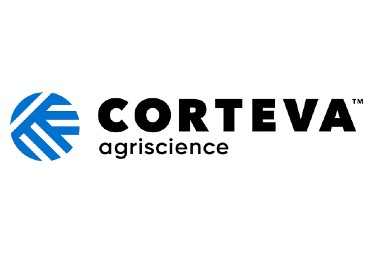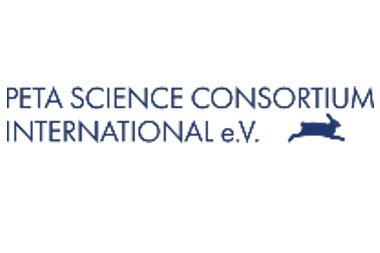|
June ASCCT-ESTIV Webinar: PARC Consortium and Human Biomonitoring
Friday, June 23, 2023, 10:00 AM - 11:30 AM EDT
Category: Webinar
A recording of this webinar is available in the webinar archive.PARC Consortium and Human Biomonitoring
Presenters: Greet Schoeters, PhD, University of Antwerp, Department of Biomedical Sciences & Toxicological Centre
Please see below for our presenters' abstracts. Recordings and other materials from this webinar will be posted on the ASCCT webinar archive shortly after the webinar's close.
Human biomonitoring to support risk assessment and chemical policies in Europe: results from HBM4EU Presented by Greta Schoeters, PhD Human biomonitoring (HBM) measures chemicals or their metabolites directly in human tissues or fluids and hence aggregates chemical exposure from different sources and intake routes. As such it fits with the one chemical- one assessment concept which is part of Europe’s strategy for sustainable use of chemicals. Human biomonitoring provides a picture of reallife exposure to chemicals which is essential information for hazard characterisation and chemical risk assessment. A coherent human biomonitoring framework is still lacking in Europe. However, it is needed to track the progress towards EU’s Zero Pollution Action which aims to reduce pollution levels to be no more harmful for health by 2050. The European project HBM4EU (2017-2022) operated at the science policy interface and has established a European Union-wide HBM programme to generate knowledge on human internal exposure to chemical pollutants and their potential health impacts in Europe. Priority substance groups were identified to meet the most important needs of both European and national policy makers and risk assessors. Building on existing capacities, HBM4EU brought together scientists from 30 countries. As one of the core activities, harmonized human biomonitoring data from different European regions and age groups were collected. The HBM4EU Aligned Studies generated new HBM data of 10,795 participants. HBM4EU has set up a laboratory network to produce comparable high quality analytical data, provided wide access to data and facilitated interpretation of results by developing indicators and human biomonitoring guidance values. Results displayed the heterogeneity of internal chemical exposure of European residents: geographically, according to the age group, according to the sampling period, according to the educational level of study participants. The levels of some substances in the human body of the European population are still so high that adverse health effects cannot be excluded according to current knowledge. HBM4EU produced data that can serve as a baseline to evaluate the success of the measures taken to operationalise the Chemicals Strategy for Sustainability and the Zero Pollution Agenda in the frame of the European Green Deal, it signaled upcoming substances that are present in the body. HBM4EU demonstrated that not only regulations but clear strategies are needed to prevent further pollution on the human body.
Human biomonitoring for the identification of real-life chemical mixtures
Presented by Mirjam Luijten, PhD
Human biomonitoring (HBM) approaches are valuable for chemical risk assessment, since they allow for measurements of chemicals or their metabolites directly in human tissues or fluids and hence aggregates chemical exposure from different sources and intake routes. As such, HBM data are also highly valuable for mixture risk assessment. Network analysis applied to HBM data may provide insight into real-life mixtures by visualizing chemical exposure patterns. The identification of groups of more densely correlated biomarkers, so-called "communities", within these networks highlights which combination of substances should be considered in terms of real-life mixtures to which a population is exposed. We applied network analyses to HBM datasets from four different countries. Our approach demonstrates that network analysis applied to HBM data of highly varying origin provides useful information with regards to the existence of groups of biomarkers that are densely correlated. The next questions are whether the combined body burden of multiple chemicals is of potential health concern. If so, subsequent questions are which chemicals and which co-occurrence patterns are driving the potential health risks. To address this, we developed a biomonitoring hazard index. Our analysis revealed that this biological index method can put forward communities of co-occurrence patterns of chemicals on a population level that need further assessment in toxicology or health effects studies.
Another valuable approach for mixture risk assessment is suspect screening. Within HBM4EU a harmonized suspect screening approach was developed, aimed at the identification of new exposure biomarkers for pesticides. This approach was used in a suspect-screening based study to describe the probability of (concomitant) exposure to a set of pesticide profiles in five European countries We explored whether living in an agricultural area (compared to living in a peri-urban area), being a a child (compared to being an adult), and the season in which the urine sample was collected had an impact on the probability of detection of pesticides. Forty pesticide biomarkers relating to 29 pesticides were identified at high levels of confidence in samples across all study sites. We observed differences in the probability of detection of a pesticide (metabolite) among children compared to adults, but not for area or season. This survey demonstrates the feasibility of conducting a harmonized pan-European sample collection combined with suspect screening to provide insight into the presence of exposure to pesticide mixtures in the European population.
Taken together, our results from HBM4EU demonstrate the usefulness of HBM data for human health risk assessment of chemical mixtures.
|

 Prev Month
Prev Month View Month
View Month Search
Search Go to Month
Go to Month Next Month
Next Month Export Event
Export Event 




